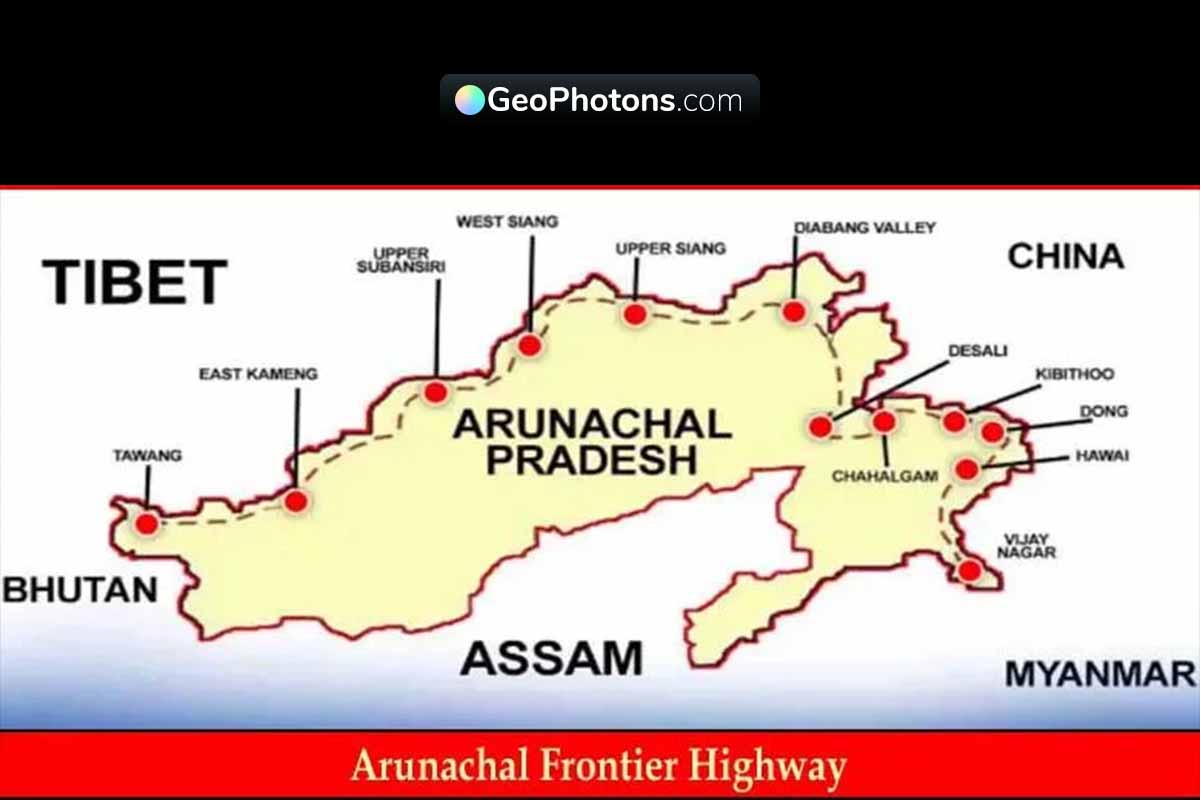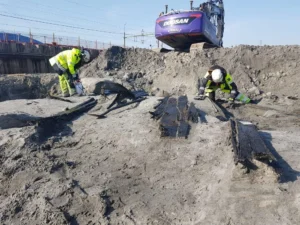What is Heat Wave and Heat Stroke?
1. What is a Heatwave?
A heatwave is a natural yet dangerous weather phenomenon where temperatures in a specific region rise well above average levels for a prolonged period. It is not just about feeling hot—scientifically, it is a recognized meteorological extreme that can have life-threatening consequences.
According to the Indian Meteorological Department (IMD), a heatwave is declared when temperatures in the plains rise to 40°C or higher for at least two consecutive days. In coastal regions, where the climate is relatively humid, the threshold is slightly lower at 37°C. For hilly areas, where people and infrastructure are not used to extreme heat, the heatwave threshold is set at 30°C.
Additionally, if the temperature deviation from the normal is between 4.5°C and 6.4°C, it is considered a heatwave. If the deviation exceeds 6.4°C, it is categorized as a severe heatwave. For instance, if the usual daytime temperature in a city like Lucknow is 36°C, and it rises to 42.5°C, the IMD considers this a heatwave condition.
Heatwaves are not merely uncomfortable—they pose significant public health threats. The most vulnerable groups include the elderly, children, pregnant women, outdoor workers, and those with existing medical conditions. Prolonged exposure to high temperatures increases the risk of dehydration, heat exhaustion, and heat stroke, which can be fatal if left untreated. Moreover, such conditions can disrupt electricity, water supply, and agriculture, increasing socio-economic stress.
2. How Does Heat Stroke Occur?
Heat stroke is one of the most serious consequences of extreme heat and is considered a medical emergency. It occurs when the body’s core temperature rises above 40°C and the body’s natural cooling mechanisms, such as sweating, fail to function effectively.
This typically results from prolonged exposure to high temperatures, particularly when combined with high humidity and low fluid intake. As the body loses water and salt through sweating without adequate replacement, the thermoregulatory system begins to shut down.
Symptoms of heat stroke include:
-
Severe headache and dizziness
-
Red, hot, and dry skin (due to failure to sweat)
-
Muscle weakness or cramps
-
Rapid heartbeat and shallow breathing
-
Confusion, disorientation, or even unconsciousness
If not treated immediately, heat stroke can lead to permanent organ damage, particularly to the brain, kidneys, and heart, and may result in death.
First aid involves rapid cooling of the body—moving the person to a shaded or air-conditioned area, applying cold compresses, and providing water if they are conscious. But the most important step is to seek emergency medical assistance without delay. Public health campaigns often emphasize hydration, wearing light clothes, avoiding direct sun exposure, and using cooling devices like fans or air conditioning as preventive measures.
3. Why Are Heatwaves Increasing in India and How Is It Linked to Climate Change?
India, as a tropical country, has always experienced seasonal heat. However, in recent decades, heatwaves have become longer, more intense, and more frequent, and this is strongly linked to global climate change.
As per data from the IMD and various climate research bodies, India has seen a steady increase in average temperatures and the number of heatwave days per year. In the 1960s, the country recorded around 9–10 heatwave days annually; now, this number can exceed 30 days, especially in northern and central regions like Rajasthan, Delhi, Uttar Pradesh, and Madhya Pradesh.
The primary reason for this trend is the rise in global greenhouse gas emissions, which trap more heat in the Earth’s atmosphere. This phenomenon is causing global warming, and India is experiencing its consequences firsthand.
For example, in May 2022, Delhi and parts of Rajasthan recorded temperatures close to 49°C, pushing the limits of human endurance. Such extreme conditions also lead to crop failures, water shortages, and higher energy demand, affecting both rural livelihoods and urban infrastructure.
Other contributing factors include:
-
Urbanization, which replaces natural landscapes with concrete surfaces that absorb and retain heat (the “urban heat island effect”)
-
Deforestation, which removes natural cooling agents like trees and wetlands
-
Increased vehicular and industrial emissions, which contribute to atmospheric warming
These trends are not isolated to India. However, due to its geographic location, population density, and economic diversity, India is particularly vulnerable. According to a UN climate report, by 2050, parts of India may become uninhabitable for outdoor work during summer months without urgent adaptation and mitigation strategies.
Conclusion: Awareness is the First Line of Defense
Understanding what heatwaves are, how they lead to health crises like heat stroke, and why they’re becoming more frequent is essential for public safety and policy planning. India must invest in early warning systems, public awareness campaigns, green urban planning, and climate-resilient infrastructure to safeguard its citizens.
Climate change is not a distant threat—it is unfolding now, and heatwaves are one of its harshest warnings.
Share this content:















Post Comment